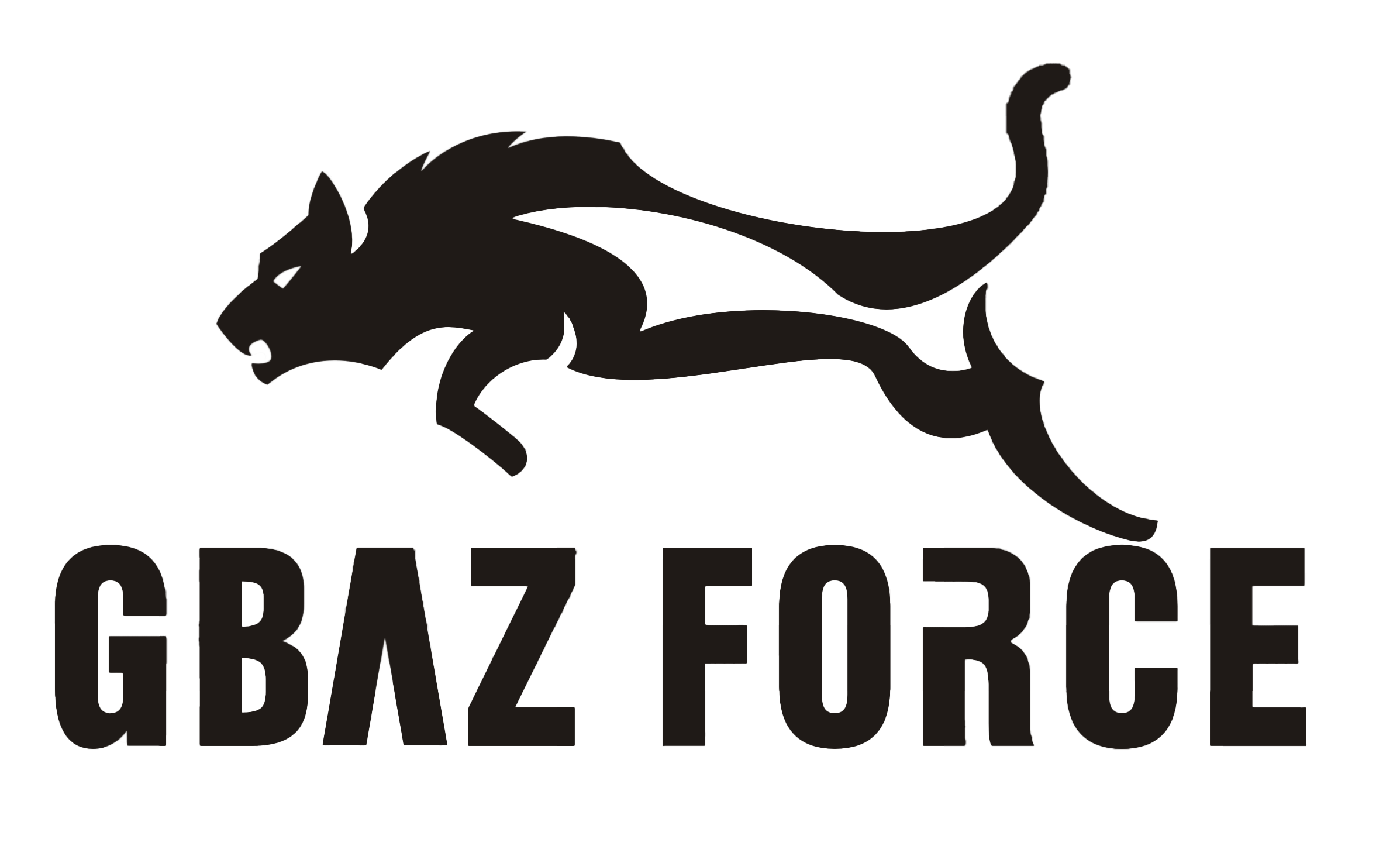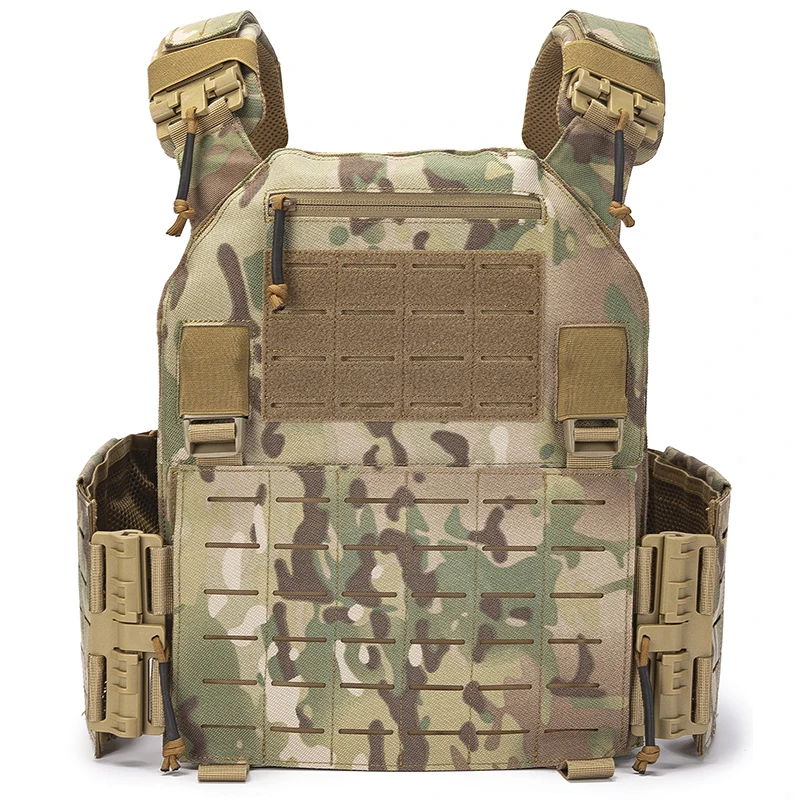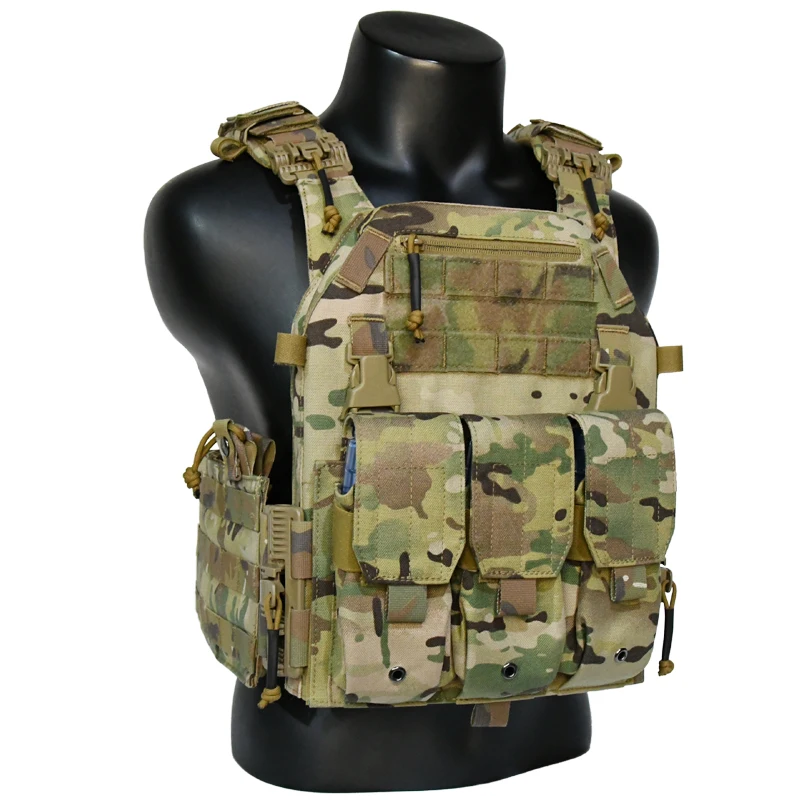Tactical Gear
PRODUCTS
Top Rated Hunting Backpacks Reviews And Comparisons
Capacity and Size
Hunting backpacks come in a wide array of sizes, measured in cubic inches or liters. The ideal capacity depends heavily on the length of your hunting trips and the gear you need to carry. For day hunts, a smaller pack (30-40 liters) might suffice. However, for multi-day expeditions, a larger pack (60-80 liters or even more) is essential to accommodate extra clothing, food, water, and survival gear. Consider the weight of your gear; a heavier load necessitates a more robust and well-padded pack.
When comparing packs, pay close attention to how the stated capacity is achieved. Some manufacturers might utilize misleading measurements, resulting in less usable space than advertised. Look for reviews that mention actual packing experiences to get a better understanding of the true capacity and organization of the pack.
Comfort and Fit
Comfort is paramount, especially on long hunts. A poorly fitting pack can lead to back pain, shoulder strain, and overall fatigue, hindering your hunting performance. Look for packs with adjustable torso lengths, ensuring a proper fit against your back. Well-padded shoulder straps, hip belts, and back panels are crucial for distributing the weight evenly and reducing pressure points.
Consider the pack's suspension system. Internal frame packs offer good weight distribution and stability, while external frame packs provide better ventilation but might feel less stable with heavy loads. The material of the shoulder straps and hip belt also plays a role; breathable fabrics like mesh can increase comfort, especially in warmer conditions.
Features and Functionality
Modern hunting backpacks offer a plethora of features designed to enhance the hunting experience. Look for features like ample pockets for organization, weapon carrying systems (rifle scabbards or bow holders), hydration reservoirs or compatible compartments, and attachment points for additional gear. Some packs incorporate specialized features such as integrated rain covers or game carriers.
Consider which features are most important to you based on your hunting style and preferences. A treestand hunter might prioritize quiet operation and a compact design, while a backcountry hunter might require a pack with extra durability and weather resistance. Don't overcomplicate things by focusing on too many unnecessary features.
Durability and Materials
A hunting backpack is subjected to harsh conditions, from rough terrain to inclement weather. Therefore, durability is a critical factor. Look for packs made from high-quality, water-resistant materials such as durable nylon or ripstop fabric. Reinforced stitching and durable zippers are also important indicators of a pack's longevity.
Consider the pack's water resistance. A completely waterproof pack is ideal for unpredictable weather, but even water-resistant fabrics can offer sufficient protection in light rain. Look for reviews discussing the pack's performance in different weather conditions.
Price and Value
Hunting backpacks span a wide price range. While expensive packs often offer superior features and durability, a less expensive option might be perfectly suitable for your needs. Always balance the cost with the features and quality you require. Read reviews to see whether the price reflects the pack's actual performance and longevity. Don't automatically assume the most expensive option is the best; compare features and value across different price points to find the best fit for your budget.
SUBSCRIBE
INQUIRY










